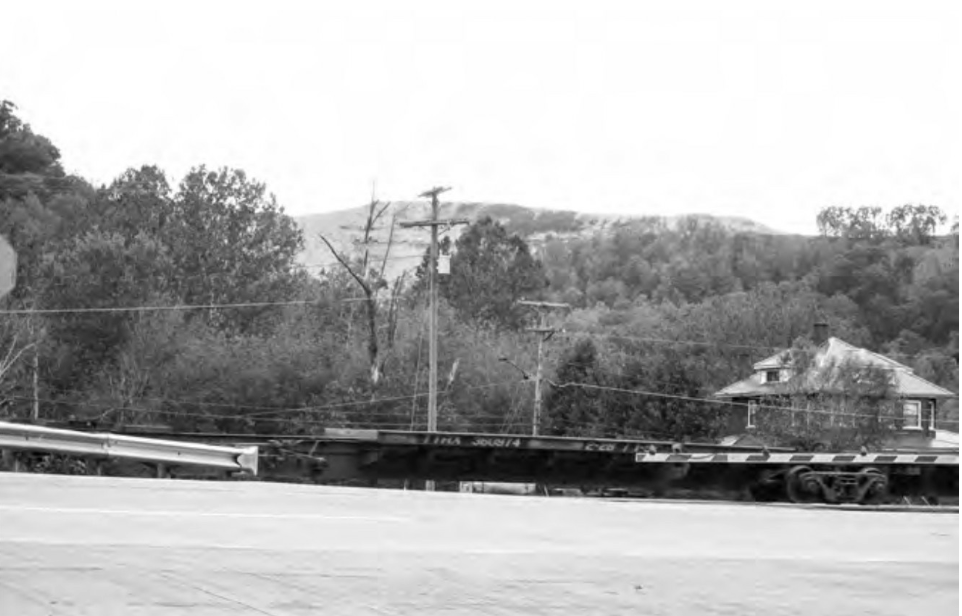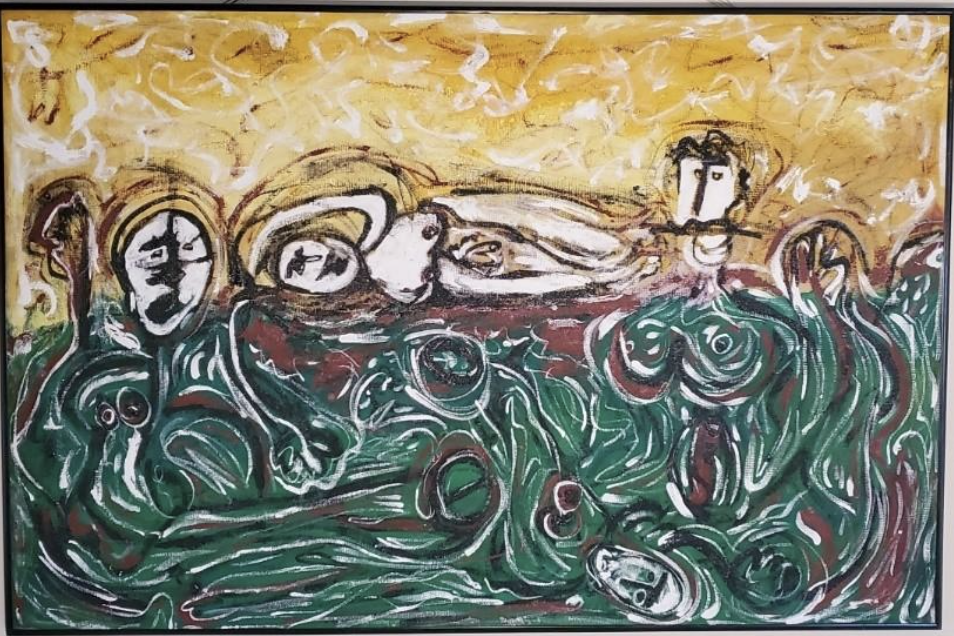Sarah Hoskins, American, born 1965
Untitled, 2017
The liveliness of the trees and humanistic limbs of the branches give mystery to the Appalachian Mountains—the oldest mountain range in the world. The suspense of not knowing what is coming behind the next rolling hill is symbolic in this photo of the suspense of not knowing when the next Mountain top removal explosion will occur. The shrubs to the left with their human-like features seem peaceful, but that is just until they, too, are detonated. The region of Appalachia is in critical danger. The mining industry has taken over the region, bullied it to the point of little hope. The business of mining has an incomparable amount of less value than the land it is destroying. The people of the industry, who continue to hurt the land, are genuinely hurting themselves in the process. They inhabit the land of Appalachia, but they do not care about it; they do not care for the life of the animals that are their neighbors or the trees that provide their life force. Art and Environmental Justice is largely about humanizing the victims of environmental injustice. In this photograph, the land looks alive, and Hoskins humanizes the primary victim of environmental injustice in Appalachia – the land. Label by Annabel Bentley




